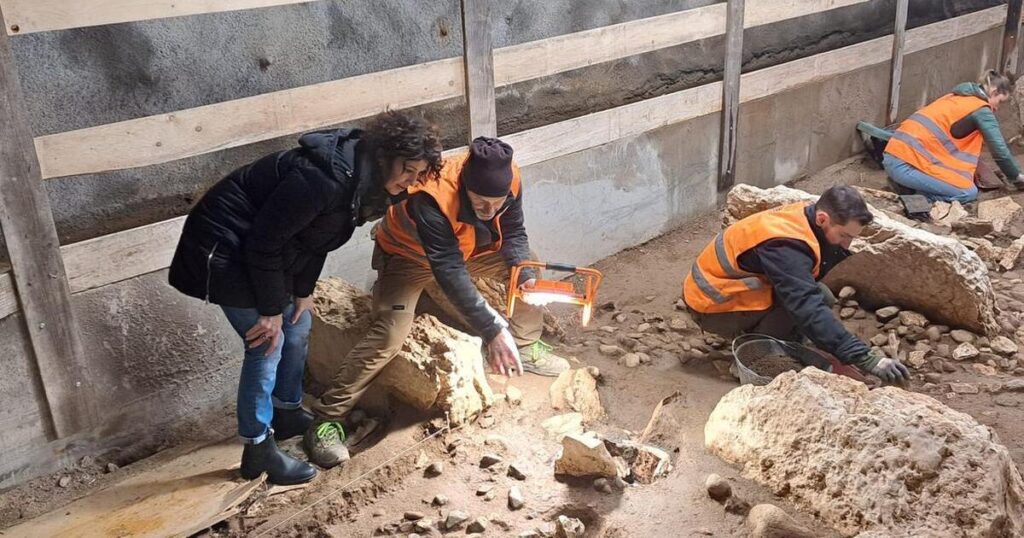Italian archaeologists have announced the discovery of a significant “moral necropolis” in Trent, Northern Italy, which dates back to the pre-Roman Iron Age (9th to 6th centuries BC). The ancient cemetery, containing at least 200 tombs, was uncovered during restoration work on historic buildings in the area. This exceptional find may reveal a new chapter in the city’s history, showcasing that it was more than just part of the Roman world.
The necropolis was preserved by prehistoric floods that sealed the burial sites, keeping them largely intact for millennia. Excavations have revealed graves with decorative objects, weapons, and even fibers possibly from fabrics used to wrap cremated remains. Archaeologists have found tall limestone pillars marking individual graves and mounds over significant tombs, indicating a stratified society where elite individuals were buried with great care.
Francesca Gerrosa, Trent’s vice president and cultural councillor, emphasized the importance of studying and conserving this newfound heritage. Franco Marzatico, leading the excavation efforts, suggested that the necropolis could shed light on connections to other Italic cultures, including a potential influence on the rise of the Etruscan civilization. The burial practices point to themes of power, privilege, and societal status within this ancient community.
Source link


